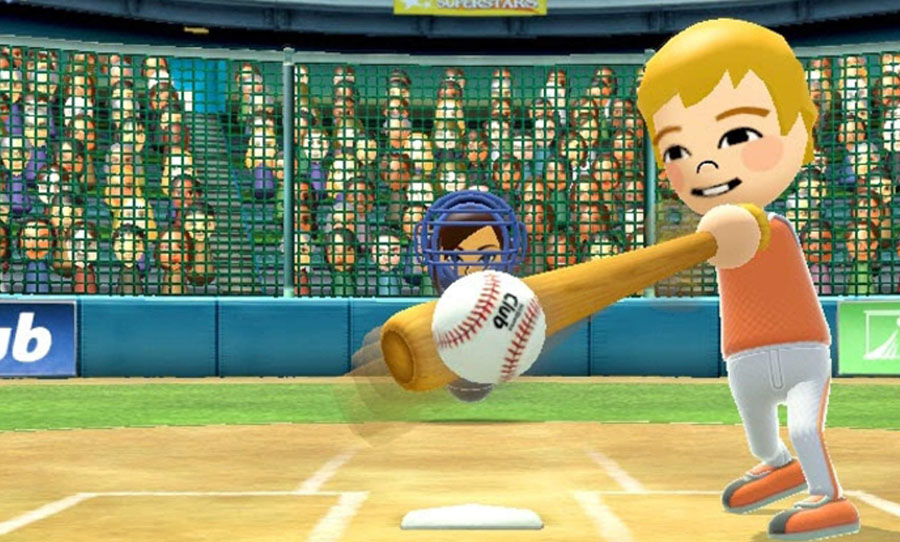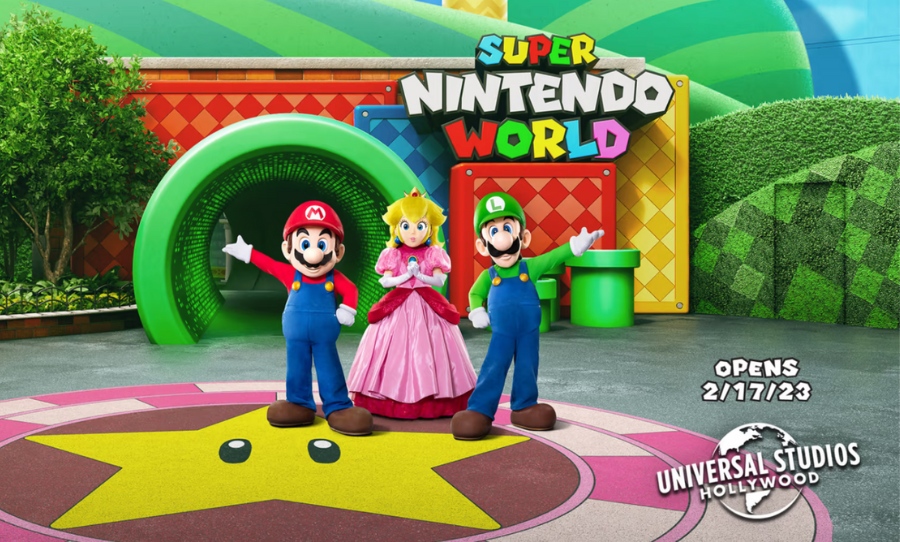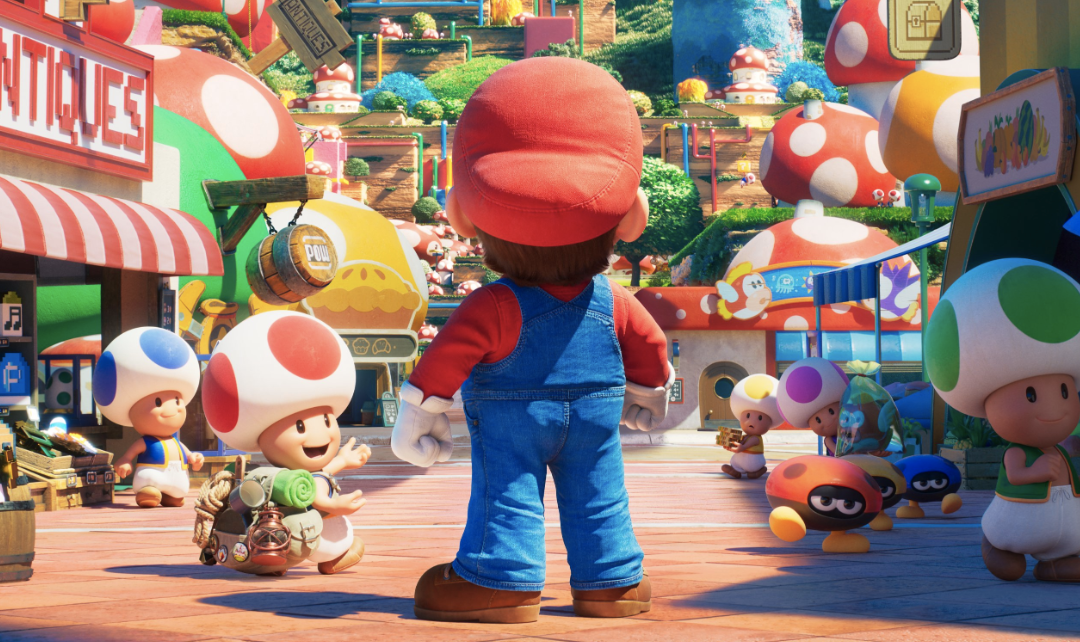By the time Wii arrived in 2006, Nintendo had been in the wilderness for half a decade. In the sixth-generation of console development, they took a swing and missed with the GameCube. Like the Sega Dreamcast, it was left behind by the debut of the Microsoft Xbox and the all-conquering Playstation 2.
Wii represented a massive return to form for the Japanese gaming giant. In providing entertainment for the whole family, they stuck to their guns, but in a radically different way. Utilising remote controls that sensed movement in three dimensions, gaming moved off the couch for the first time and appealed to a massive cross-section of the community. Young or old, novice or expert, you could have fun on Wii.
But one game, more than any other, encapsulated the appeal of this seventh-generation console. Wii Sports shipped with the Wii itself, giving players entreé into this newly physical gaming experience. With five sports—boxing, baseball, golf, tennis and bowling—Wii Sports quickly cemented the place of its host console in the public consciousness and went on to become the best-selling Nintendo game of all time.
Wii Sports shipped with the Wii console when it first arrived in 2006. It ushered in a new period of success for Nintendo and went on to become the company’s best-selling game ever.
Big ideas
Given the lacklustre sales of the GameCube, Nintendo was eager to think outside the box when it was time to bring out a new generation of console. Despite being its debut, Xbox was able to match the sales figures of the GameCube and both were left trailing in the wake of the PlayStation 2. Xbox was only set to improve in coming years—backed by the deep pockets of Microsoft—and PlayStation was going from strength.
Going toe-to-toe with these two consoles was not an option for Nintendo. This realisation was underscored by Nintendo game director, Shigeru Miyamoto. Upon the Wii’s launch, he told Business Week that, “The consensus was that power isn’t everything for a console. Too many powerful consoles can’t coexist. It’s like having only ferocious dinosaurs. They might fight and hasten their own extinction.”
The radical idea was to do away with traditional controllers altogether and create a gaming experience that couldn’t be matched by any other company. Nintendo already had the idea in mind even at the time of the launch of GameCube. But before the design of the Wii console was finalised, a team was assembled to work on Wii Sports, partly as a way of demonstrating the capabilities of the new remote system.
Developing a tennis game that worked with the remote was first on the agenda (if you’ve ever handled a Wii remote before, the comparison between the remote and the feel of a real tennis racquet is obvious). The idea was a perfect fit for this new method of gameplay, so Nintendo worked on creating a full sporting adventure.
What about Mii?
The Wii Sports package continued to expand in development, eventually including five varieties of sport. A by-product of the game’s development was the success of the Mii Maker avatar creator. Creating a cartoon-like simulacrum was Nintendo’s solution to personalising the games even more.
The ingenious solution was to incorporate the Japanese tradition of Kokeshi dolls. These cylindrical timber toys have been given to children in Japan for centuries. Basing the Mii on this simple geometric design gave the characters in Wii Sports a distinct sense of personality and fun as they jauntily bounced around the tennis court or boxing ring.
They gave every player a chance to create and save a unique avatar that could be used throughout the Wii ecosystem. Most importantly, it conserved precious graphics and CPU resources; a satisfying gaming experience on the Wii is dependent upon real-time recognition of nuanced gestures of the motion-sensor remote. Therefore, Wii Sports prioritised smooth gameplay above all else.
The ability to personalise an avatar via the Mii system, plus the novelty of the gameplay itself meant the Wii was prime for marketing. It garnered all kinds of free publicity—appearing on sitcoms, movies, a showdown between Conan O’Brien and Serena Williams. Hell, it even made an appearance at the Oscars. Aside from the actual experience of the game, the spectacle of people wildly flapping around in their living rooms became a pop culture phenomenon in its own right.
Which brings us back to our original premise: just how did this game become Nintendo’s best-ever selling game? Well, the fact that it was bundled with the Wii console in most territories can’t be ignored. It wasn’t, however, in Japan. And still, it sold in the millions in its home country, becoming the best-selling game in Japan, on any console, in 2007. In total, approximately 83 million copies of Wii Sports have been sold to date worldwide.
With Wii Sports, Nintendo pulled off the magic trick of creating a game that was accessible to anyone. The franchise turned around the fortunes of this iconic company at a time when it was in danger of being left behind and now, spurred on by the success of Wii Sports, Nintendo is more relevant than ever.


